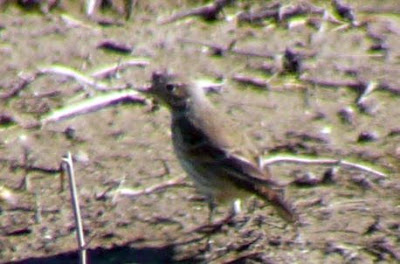Being a science educator for 31 years, I often advocated for alternative energy use and habitat restoration/preservation in the biology classroom. As evidence of human-induced climate change mounted, I also incorporated this knowledge into the curriculum.
Since everyone I know is excited about the election results and is talking "change" these days, I thought I'd add my $.02. On that note, the interaction on ecological and energy related issues within the public school system is simply not enough to enact the scope of changes that we need in this area of public debate. We need hands on, experiential learning environments and resources for our brightest students so that they can develop the ecological ideas and technology that will lead us into an environmentally sustainable future.
Working specifically with identified populations of gifted students, as I still do, has allowed me to touch the future in many ways that are undetectable during the students' years in my classroom. I try to plant seeds, but it's
these students' ideas and dreams have the potential to become the cornerstone of American ideals and to make indelible, positive marks on the world of the future.
The magnitude of human environmental impact is upon us. In this time of change, I envision the proliferation of green leadership academies that select enthusiastic, community minded young people from all over the United States and the world to participate in experiences designed to develop within them a deep ecological awareness and an equally in-depth awareness of leadership skills that can rally people to take actions that ultimately lead to a ecologically sustainable planet.
Awareness of environmental and energy issues among our very brightest can unleash a myriad of possible solutions. Ecological awareness, combined with training in leadership, conflict resolution, and group interaction will ensure that each of these young people returns to his/her community as an activist in the areas of environmental public policy, including, but not limited to, alternative energy sources, climate change issues, and habitat preservation/restoration projects.
I am excited to share that I am a green partner and the director of one such prototypic model of a habitat restoration based green leadership academy which will be launched next summer. More on that in my next post.
For a preview, go to our website,
www.greenleadershipacademy.org
 My photo: The black cap seems to intersect with the bill at the top of the culmen
My photo: The black cap seems to intersect with the bill at the top of the culmen
 Ok, I know that white "bleeds" in photos, but again the black cap intersects at the culmen.
Ok, I know that white "bleeds" in photos, but again the black cap intersects at the culmen.











